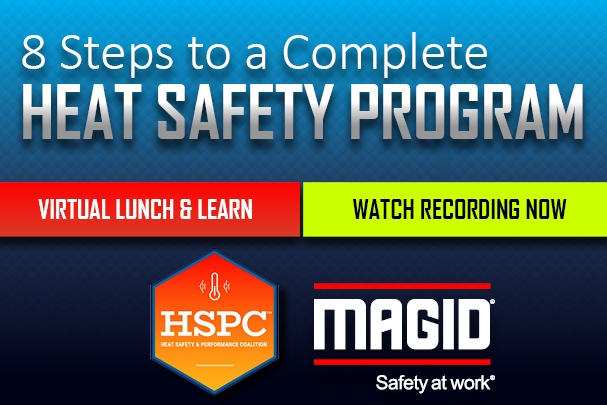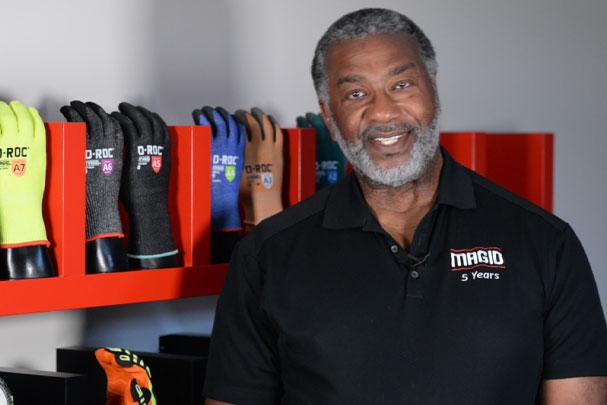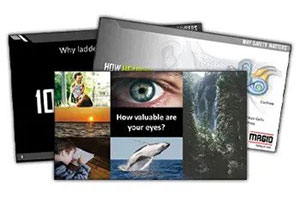
Dehydration Tips for Workers

Take the Challenge! Do You Know the Best Way to Hydrate Workers in Hot Conditions?
You can help workers stave off heat illness in many ways, including:
- Tracking the temperature throughout your jobsite’s microclimates
- Acclimating workers to their work environment
- Choosing the latest innovations in body cooling PPE
Answer Key Below!
1. TRUE OR FALSE: It’s better to drink cool water to stay safe from heat illness rather than warm water.
2. TRUE OR FALSE: All electrolyte-replacing beverages and sports drinks provide the same nutritional and mineral benefits.
3. TRUE OR FALSE: It’s better to drink an electrolyte-replacing beverage or sports drink after more than an hour of strenuous work in the heat rather than water.
4. TRUE OR FALSE: Sodas and energy drinks are suitable hydration options along with water and electrolyte-replacing beverages.
5. TRUE OR FALSE: Regardless of which hydration option you choose for your workers, drink stations should be placed no farther than 150 yards away from their work area.
Answer Key:
1. TRUE: It’s better to drink cool water to stay safe from heat illness rather than warm water.
Drinking water of any temperature will lower a worker’s heart rate, hydrate their internal organs, and improve their focus while working in warm conditions. But cool water’s primary benefit over warmer water is that it can help prevent core body temperature from rising to dangerous levels. Workers are also less likely to drink enough when water is warm and unpalatable, putting them at greater risk for dehydration.
2. FALSE: All electrolyte-replacing beverages and sports drinks provide the same nutritional and mineral benefits.
Available in liquids, powder packs, and even freezer pops, electrolyte-replacing beverages are designed to absorb into the body significantly faster than water alone, making them a unique hydration option. But some varieties of these beverages contain twice the potassium (which maintains your fluid balance), half the sodium, and fewer calories than other popular sports drinks. Some even contain extra magnesium (which can create energy and boost exercise performance), whereas other sports drinks do not.
3. TRUE: It’s better to drink an electrolyte-replacing beverage or sports drink after more than an hour of strenuous work in the heat rather than water.
Because of its unique combination of carbohydrates and electrolytes, sports drinks can help replenish any lost salts or minerals after spending an hour in the heat. But, it should be noted that cool, readily available water is a necessary hydration option as well, no matter how long your workers spend in hot environments. Don’t provide electrolyte beverages alone!
4. FALSE: Sodas and energy drinks are suitable hydration options along with water and electrolyte-replacing beverages.
Popular beverages like sodas and energy drinks are loaded with sugar and caffeine. Caffeine can actually lead to dehydration because of its diuretic properties. Even if you have workers who enjoy the taste and caffeine they get in sodas and energy drinks, cool water and electrolyte-replacing beverages are better options that provide all the benefits without any of the drawbacks.
5. FALSE: Regardless of which hydration option you choose for your workers, drink stations should be placed no farther than 150 yards away from their work area.
150 yards is much too far. Cool, readily available hydration options should be as close to every employee's work environment as possible. One obstacle that leads to workers neglecting their hydration is placing a hydration source far away from their work area, especially if the fluids become warm and unpalatable over the course of a day. While it may take a bit more effort, as we mentioned above, it’s crucial to keep liquids (even in remote locations) cool. Accessibility and temperature can mean the difference between cool, hydrated workers and your next recordable incident.
Get the tools you need to protect your workers from heat illness!
GIVE ME THE FREE STUFFTry cooling PPE that works faster for longer than anything you’ve seen before!
SHOW ME THE GEAR










